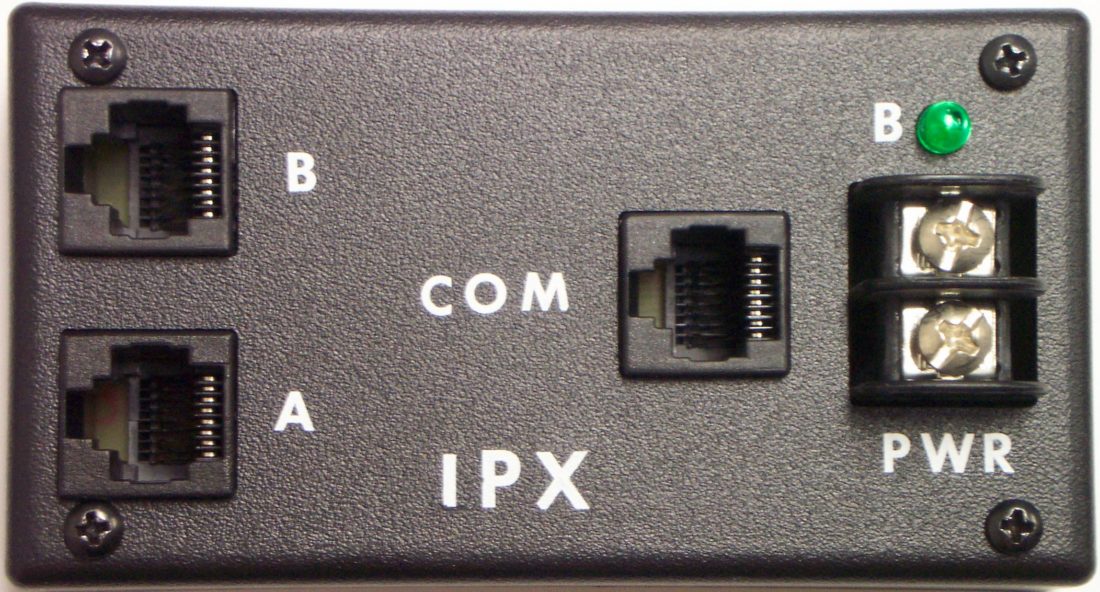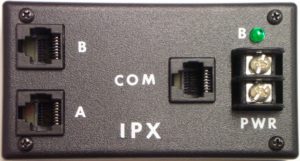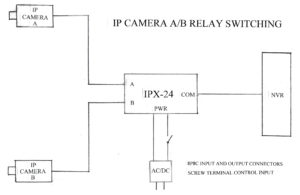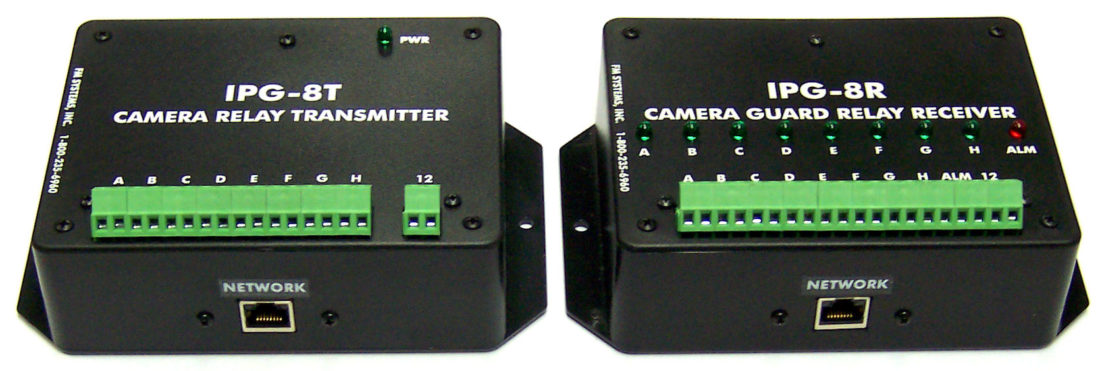
IP CAMERA ZONE SWITCHING EXPANDS SECURITY
IP CAMERA ZONE SWITCHING EXPANDS SECURITY
BY: Don McClatchie
So, what is Zone Switching, and how is it used to improve IP video camera security? Zone Switching is the sharing of extra IP cameras set into private areas normally inside a residence or vacation home that are turned off when the building is being occupied and back on again when the building is not being occupied.
You can even install twice as many cameras as the (NVR) Network Video Recorder has inputs. This allows you to install a set of cameras for when the customer is away showing the more private living areas so they can view them remotely to make sure that the inside areas are not being violated, and when the customer is in the living areas they can be switched over to the outside views and normal security cameras.
The purpose of Zone Switching is to cut off the cameras that are in the personal areas inside the living spaces and then turn them off when those spaces are being occupied for privacy. This process reduces the cost of more expensive large channel NVRs while maintaining the same amount of storage in the NVR. Your customers will see this as an improvement in security without the loss of privacy that comes with full time operating indoor cameras.
The IP cameras are switched by a low voltage applied to a simple A/B relay switch without the need for programming or customer access to the NVR which can be troublesome and confusing for the customer. The switch transfers the data lines and the P.O.E. power supply lines under the control of an applied low voltage. This low-cost A/B switch is called the IPX-24. The low voltage can be controlled by a simple switch or from the customers alarm panel and can even be controlled by the alarm activation. The IPX relay comes in 12 VDC and 24 VDC models and it has an LED to indicate the position of the relay.
This A/B relay can be placed anywhere along the IP Camera path where both camera cables are close together. The preferred location for the switch is at or near the NVR for easy wiring. If the switch is used away from the NVR it reduces the number of home run cables required to return the IP video signals to the NVR.
There are other uses for this A/B relay switch for cut off and isolation of IP cameras where the camera signal must be controlled by an outside non-technical interface, like it’s use with courtroom IP cameras to positively shut down the camera when a judge calls for no video of a portion of testimony or privacy for side bars. The IPX-24 relay can be used to interrupt the IP signal by switching all data and power lines simultaneously using an external switch. Hospitals also have rooms with cameras for surveillance of certain patients, that are sometimes used for other purposes and they want to shut down the cameras during those times for privacy.
I am sure that if you think about it, you might know of some uses not listed here for a relay switch of this type. Be sure to ask your customer if they would like to have some cameras switched off during occupancy and see if that is something they might like to do. You can sell some extra cameras and add to the security system they already have. Click Here to see more.





